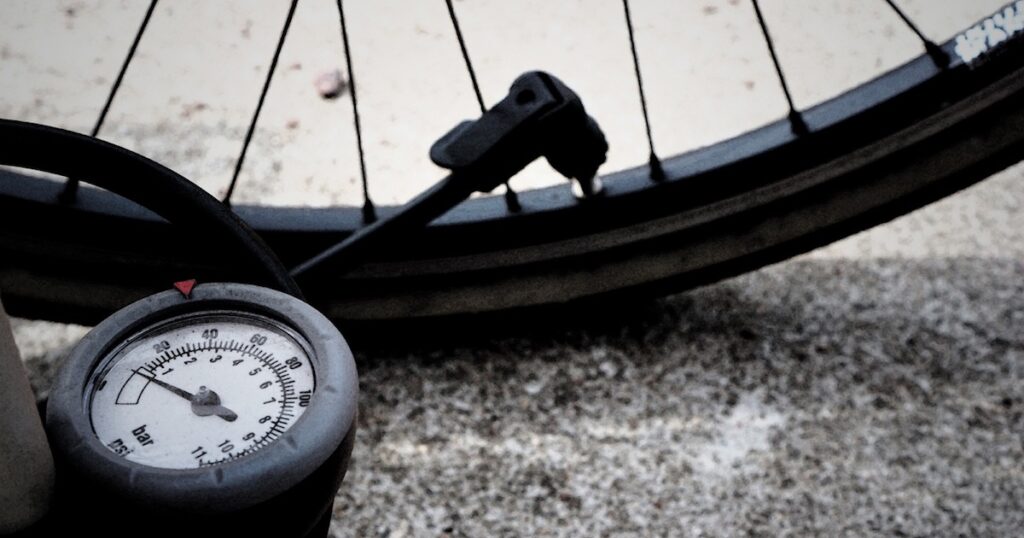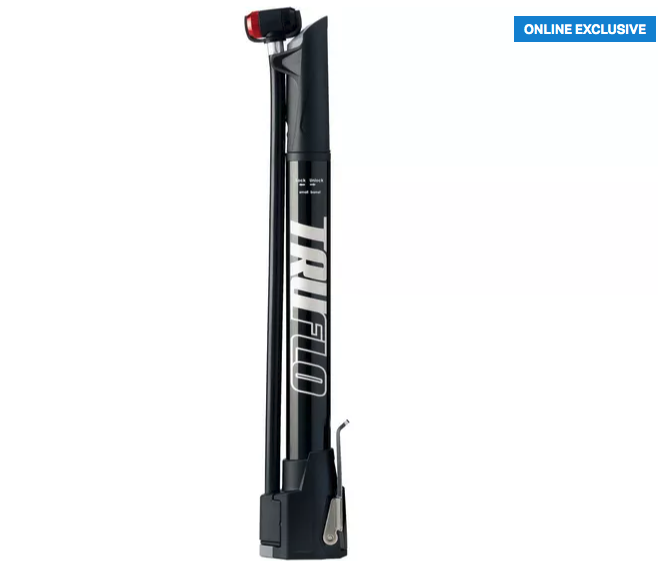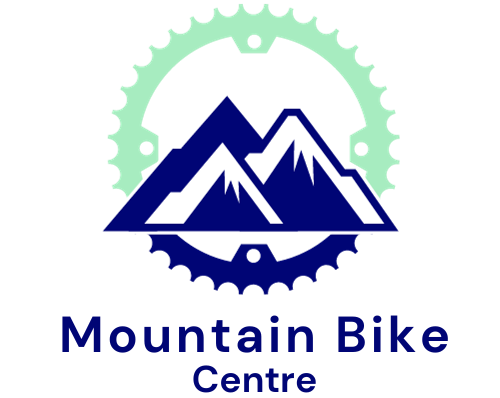
Pumping up your mountain bike tyres is one of the least enjoyable parts of riding, but it is also one of the most significant. Inflating to the correct mountain bike tyre pressure will ensure that you get the best performance out of your tyres and will keep you safe on the trails. We’ve put together this mountain bike tyre pressure guide to improve ride and safety.
Why mountain bike tyre pressure is important
Mountain bike tyres are made from rubber and this is a very elastic material. This means that when you apply pressure to it, it will stretch, but when you release that force, it returns to its original shape. This is why mountain bike tyres are often described as being “squeeze tubes”.
The tyres on your mountain bike are generally rated for a maximum pressure that they can be inflated to. For example, if your tyres are rated for a particular pressure of psi (pounds per square inch), then you should keep them blown up to that figure. You will find this number on the sidewall of the tyre. However, if your tyres are not rated, then you should keep them aerated to the suggested amounts at the bottom of this post.
Mountain bike tyres are run at a lower pressure than road tyres so that the tyre can adhere to the terrain and provide added grip. Too much air leads to too much spring, making for a bouncy ride. Lower pressure helps with shock absorption while also giving you more traction since more of the tyre comes into contact with the ground. The added volume of air in a mountain bike tyre also means that, despite these lower pressures, it is less likely to pinch flat.
How to pump up a mountain bike tyre
There are a number of different ways that you can go about inflating your tyres but you should check their pressure regularly. If not daily, then certainly on a weekly basic. The recommended equipment is either a track pump or a hand pump. Although maybe not the fastest method to inflate tyres, a hand pump is portable and therefore a sensible choice.
There are many good brands available but we recommend this Truflo Minitrack Pump with Gauge as it has exclusive features combining track pump efficiency and hand pump portability. It’s supplied with a bracket to fasten the pump to any water bottle bosses on the bike frame so is always accessible. The Truflo Minitrack is easy to use, good quality and a great price with FREE delivery.

Recommended mountain bike tyre pressures
Suggested starting tyre pressures for mountain bike tyres are:
- Tubeless: Start at 25psi and adjust accordingly. Lighter riders may opt for lower at around 20psi, while 30psi is a good starting pressure for heavier riders.
- Tubed: Start at 30psi. If you’re a lighter rider, you may choose lower at around 25psi but that will mean a greater susceptibility to punctures. Heavier riders and those using thin tyres (less than 2.2”) may want to go higher, anything up to 40psi.
Obviously, these can be played around with and adjusted slightly after carrying out a test ride to feel the mountain bike’s response to each change. No grip and a harsh ride? Increase the psi. Hitting the rims while tackling jumps and bumps or the ride seems leaden? Decrease the pressure.
In the end, you want to optimise for a good combination of grip, control, tyre stability, rolling friction and puncture resistance and we hope this mountain bike tyre pressure guide has helped you do that.
